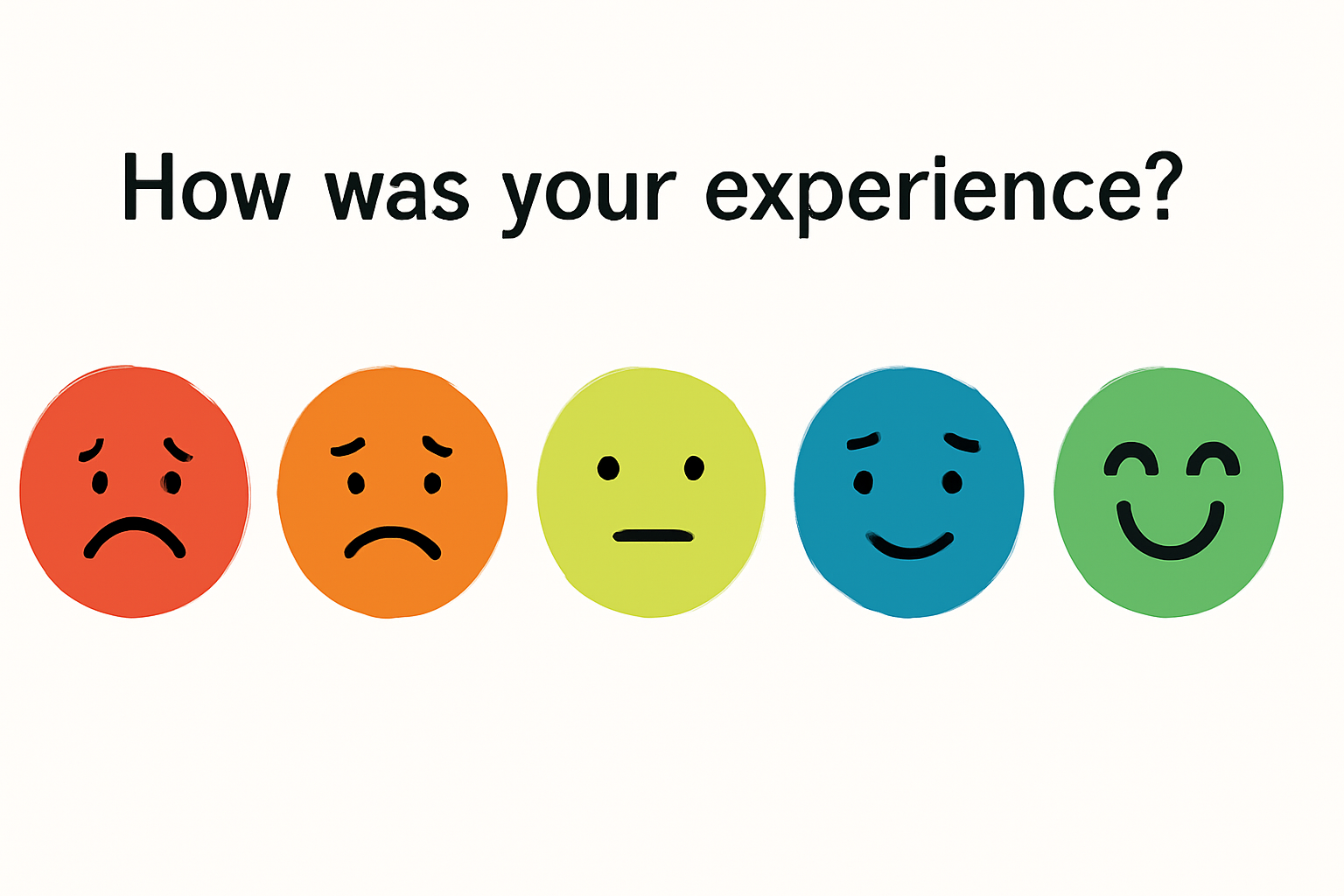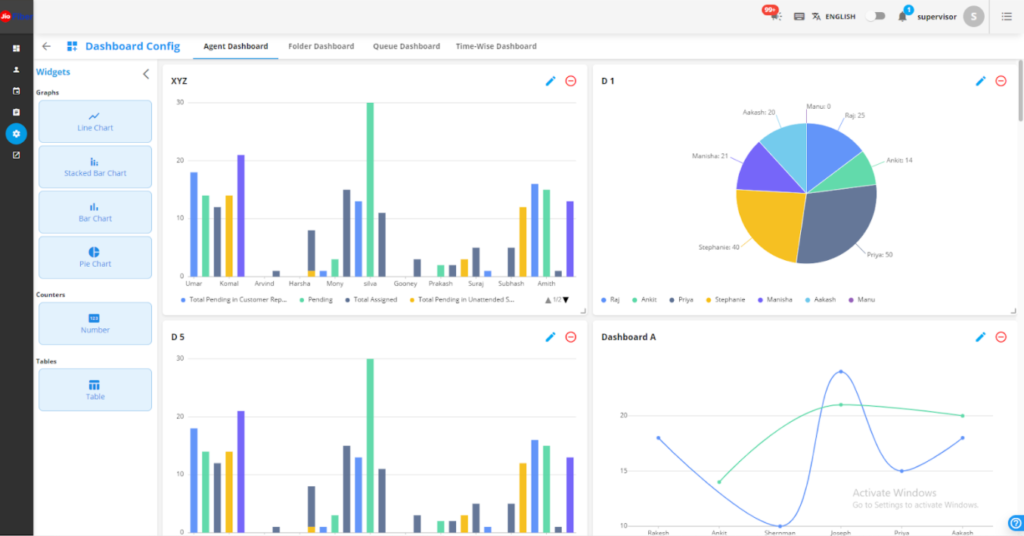Strong customer relationships start with making people feel valued and satisfied. When satisfaction dips, trust quickly follows.
As per Forbes, 85% of consumers say they would stop engaging with a brand after experiencing poor customer service. This shows clearly how detrimental a poor CSAT score may be. Thus, it becomes essential for all firms to comprehend what CSAT is and how to measure it.
In this blog, we’ll break down the definition of CSAT, why it matters, and the best ways to improve customer satisfaction.
What Is CSAT and Why Does It Matter?
The Customer Satisfaction Score is a widely used metric to measure consumer satisfaction with a particular product or service. A company’s ability to meet or exceed consumer expectations is reflected in this.

CSAT provides a real-time pulse on consumer sentiment and is measured by brief post-interaction surveys. Positive and seamless interactions are indicated by high scores. Similarly, low scores draw attention to areas of friction that, if ignored, can harm relationships with customers.
Why CSAT Matters
- Guides Experience Improvements: CSAT feedback helps identify which parts of the customer journey are working and which need attention, allowing companies to allocate resources effectively.
- Influences Brand Loyalty: Consistently high satisfaction scores often translate to stronger loyalty, repeat purchases, and positive word of mouth—key drivers of long-term growth.
- Provides Competitive Benchmarking: Benchmarking a CSAT score isn’t an exact science since every business and product is different, but the American Customer Satisfaction Index (ACSI) publishes benchmark scores across industries, sectors, brands, and companies to give leaders a useful reference point.
- Adapts to Customer Lifecycle Stages: The timing of CSAT surveys can vary depending on the products or services offered. Many organizations send them at key customer lifecycle moments, such as: After a product installation or renovation, After-sales support or warranty assistance and Following onboarding or first purchase.
- Helps Track the Impact of Technology Investments: Some organizations are adopting Contact Center AI (CCAI) solutions to improve customer experiences, which can gradually increase CSAT scores by reducing response times and personalizing support at scale.
How Is CSAT Calculated?
Calculating CSAT score starts with one simple thing: asking your customers how they feel about their experience. This usually happens right after a purchase or interaction, when their impression is still fresh.
Most businesses use a short question like:
“How would you rate your overall satisfaction with the [product/service] you received?”
Customers respond on a five-point scale:
| 1. Extremely dissatisfied | 2. Dissatisfied | 3. Neutral | 4. Satisfied | 5. Very satisfied |
Turning Responses into a Score
CSAT is more commonly shown as a percentage. Here’s the key: only the highest ratings—“Satisfied” (4) and “Very Satisfied” (5)—are counted as positive responses.
Formula:
| (Number of “Satisfied” and “Very Satisfied” responses ÷ Total number of responses) × 100 = CSAT (%) |
Pros and Cons of CSAT as a Metric
Here’s a side-by-side comparison of the pros and cons of CSAT score as a metric:
| Pros | Cons |
| CSAT surveys are short and simple. It’s easier for customers to respond without much effort. | External influences may have an impact on it. Even if the service was good, irrelevant circumstances can distort results. |
| Provides immediate feedback. You can quickly see how customers felt about a particular interaction. | Lacks depth. CSAT doesn’t explain why customers are satisfied or not. |
| Reveals trends over time. Tracking scores regularly helps spot shifts in customer expectations or behavior. | Prone to response bias. Results can be distorted because people often respond only after very good or very bad experiences. |
Best Practices to Improve CSAT Scores
Most companies aim for CSAT scores between 65–80%, but here’s what many miss: this range isn’t universal. Consulting often averages 84%, while e-commerce sits closer to 82%. Each industry has its own benchmarks, and every business can take specific steps to raise its score.
Given below are some universal best practices to help you improve the CSAT score:
1. Make It Personal
Customizing each touchpoint is one of the most effective strategies to increase CSAT. Customers are far more satisfied when they believe a brand is aware of their choices and past interactions.
2. Speed Up Your Responses
Reducing response and resolution times is another essential recommended practice.
One of the things that most annoys customers is lengthy wait periods. AI-powered tools can speed up problem-solving without sacrificing quality when given to agents.
3. Invest in Your Team
Consistent training can’t be overlooked either. Empowering support teams with soft skills, product knowledge, and problem-solving techniques creates more confident interactions, which customers naturally rate higher.
4. Act on Feedback Fast
Responding quickly to customer feedback and criticism is also beneficial. If survey results are regularly examined and common problems are resolved to close the loop, customers will sense they are being heard.
Comparing CSAT vs. Other Metrics
Customer Effort Score (CES), Net Promoter Score (NPS), and CSAT all measure distinct facets of the customer experience. Teams can better understand how satisfied and devoted their consumers are by comparing them.
| CSAT | NPS | CES | |
| Question Asked | “How satisfied were you with this experience?” | “How likely are you to recommend us?” | “How easy was it to get your issue resolved?” |
| Scale | 1–5 | 0–10 | 1–5 or 1–7 |
| Calculation | % of satisfied responses | % Promoters − % Detractors | Average effort score |
| Focus | Transactional, one interaction | Loyalty and long-term perception | Task or process ease |
| Best Use | Post-purchase or support feedback | Tracking overall brand loyalty | Improving processes or reducing friction |
| Insights | Immediate satisfaction trends | Likelihood of advocacy | Pain points and customer effort |
Quick Takeaways
- CSAT is ideal for tracking immediate customer reactions to specific experiences.
- NPS measures long-term loyalty and can signal growth potential.
- CES uncovers friction in customer journeys that may affect retention.
Role of CX Software in Measuring and Improving CSAT
A good CSAT score often falls above 75–80%, though this can vary depending on your industry. Maintaining consistent measurement is crucial.
For example, right after important interactions like purchases, support calls, onboarding, etc. This way, you can spot trends before they become problems.
When it comes to monitoring and improving CSAT, CX software can be revolutionary. CX tools connect CSAT to the entire customer journey (journey mapping integration). This will enable you to observe precisely which steps generate difficulty and which ones ease the consumers.
In fact, teams can also allocate tasks to the appropriate agents, measure the impact of changes, and react to concerns promptly with real-time dashboards that include automation tools and notifications.

Used this way, CSAT becomes a roadmap that helps teams improve customer experiences continuously.
Conclusion: Build Better CX with CSAT Insights
CSAT scores show how customers feel about your brand. Low scores reveal frustrations.
High scores draw attention to what works, whereas feedback patterns indicate minor adjustments that have a significant impact.
Acting on these insights consistently turns small improvements into big gains as customers notice, stay loyal, and become advocates for your business.
With platforms like Kapture CX, collecting and organizing CSAT data becomes simple. We make it easy to track CSAT scores and use the insights to create better experiences for customers. Speak to our team to learn more!
FAQs
Not always. While loyalty depends on consistent experiences throughout the entire journey, a high CSAT indicates satisfaction at a particular touchpoint. A single score is not as telling as tracking patterns over time.
Open-ended feedback is frequently included in CSAT surveys. Recurring issues, feature requests, or service gaps that may not be apparent from internal data alone can be found by analyzing trends in this feedback.
It depends on the business. Frequent measurement captures ongoing sentiment, while milestone-based surveys focus on the most critical experiences. Many companies use a mix to balance insight with survey fatigue.













